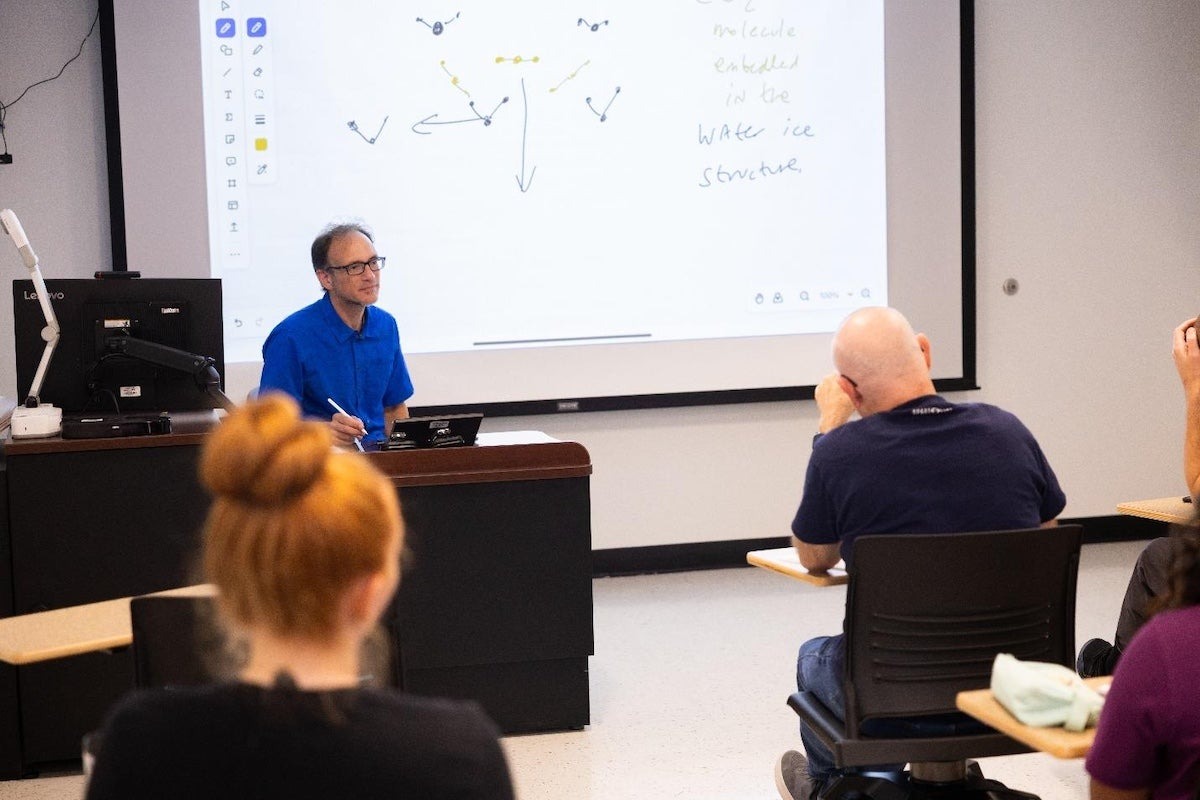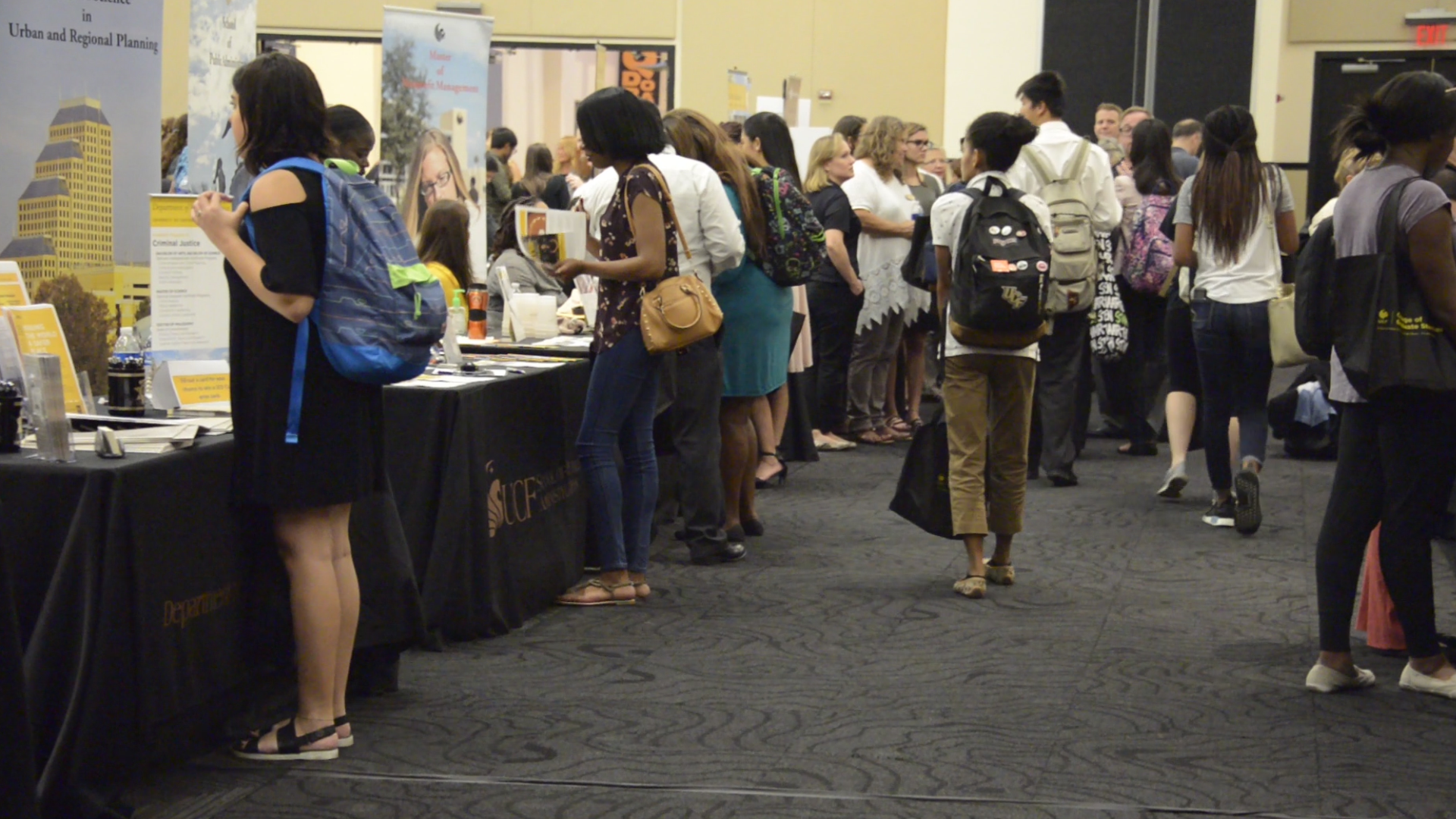UCF Infrared Emission Research Gets $2.5 Million Boost from Department of Defense
A University of Central Florida researcher has received a $2.5 million U.S. Department of Defense grant to continue his research to conceal and manipulate the energy that materials emit.
The work has implications in creating nighttime camouflage that conceals objects from infrared vision, as well as in methods for anticounterfeiting, tagging, and energy management.
“Any material always leaves behind an infrared signature based on its temperature,” says Debashis Chanda, an associate professor in UCF’s NanoScience Technology Center and principal investigator of the research.
“If we can change the signature of a material, engineer the surface in such a way that it doesn’t emit certain wavelengths or does emit others, that not only helps us to improve concealment but also anti-counterfeiting applications,” Chanda says. “And controlling thermal emissions plays a role in energy management because we could actually change the amount of energy dissipated from the surface so energy can be saved.”
The technology works by using nanoscale structures on chosen combinations of material stacks that can be adjusted to control which wavelengths of light are emitted.
For night vision, this means creating a material that doesn’t give off an infrared signature, thus concealing it from cameras that look for infrared signatures in the dark when visible light isn’t available.
For anti-counterfeiting, this means placing material with a certain wavelength signature on an object so that the signature can only be read with a device tuned to detect that signature.
The $2.5 million funding over 5 years will allow Chanda and his team to further research how light interacts with matter and also scale up their work to create materials, such as paint, that can conceal energy signatures over larger areas and explore ways to keep materials cool by controlling their energy emissions.
As part of this research, Chanda’s group is acquiring a more than $500,000 complex scattering near-field optical microscope that includes nanoscale Fourier transform infrared spectroscopy, IR nano-imaging, atomic force microscopy-based infrared spectroscopy and ultrafast pump-probe modules. This will allow them to study electron and photon propagation, dynamics, scattering, and interaction with materials.
“These delicate measurements can now be done inside a single instrument in a coherent manner to further understand light-matter interactions for efficient infrared emission control,” Chanda says.
Previous work by the Chanda group has demonstrated that its technique can be used to conceal or detect coded information.
Chanda has joint appointments in UCF’s NanoScience Technology Center, Department of Physics and College of Optics and Photonics. He received his doctorate in photonics from the University of Toronto and worked as a postdoctoral fellow at the University of Illinois. Chanda joined UCF in Fall 2012.
Share This Article

UCF Launches 1st Planetary and Space Sciences PhD Program in Florida
As SpaceU, UCF is pushing the boundaries of exploration by launching a groundbreaking new doctoral program in the planetary and space sciences. Now, aspiring researchers can apply to the inaugural cohort of...
Latest News

UCF Fulbright Awardees Bring Their Passions to a Global Scale
Each year, the Fulbright Program offers opportunities for American students to conduct research, teach English, or pursue graduate study abroad. One of the most prestigious international exchange programs in the...

Unleash Opportunities with a UCF Graduate Degree
A graduate degree has the power to unleash opportunities by expanding careers, opening doors to new fields, and increasing lifetime earnings. According to the U.S. Bureau of Labor Statistics (2024),...

UCF Rosen College Ranks No. 1 in the World for Hospitality Education for 2025
One of the most anticipated theme parks in the world is about to open its gates — and right next door, the No. 1 hospitality and hotel management school on...

From Engineering to Counseling, Graduate Programs Highly Ranked by U.S. News Propel UCF Alumni to Thrive in Career
While pursuing a doctoral degree in aerospace engineering at UCF , Tommy Genova ’20MS ’20PhD worked alongside Professor Kareem Ahmed, one of the world’s foremost researchers in hypersonics and combustion. He played a...